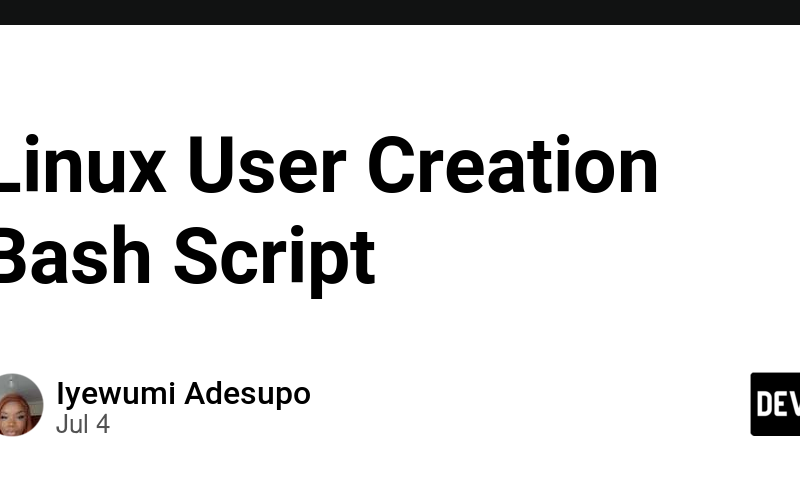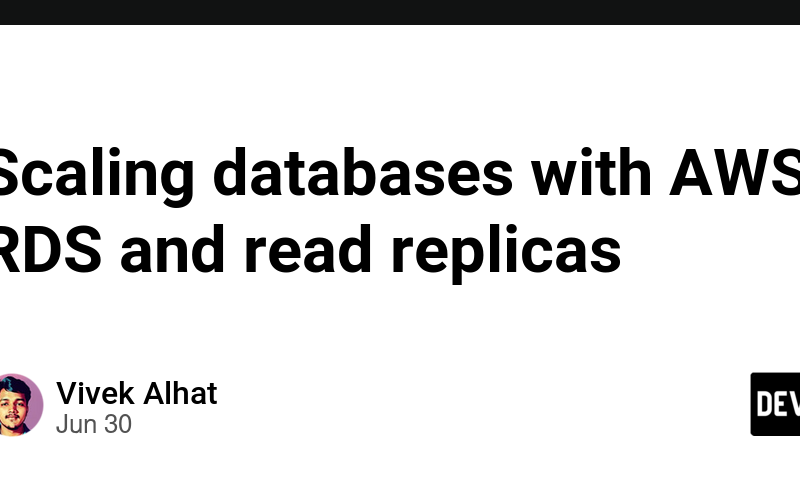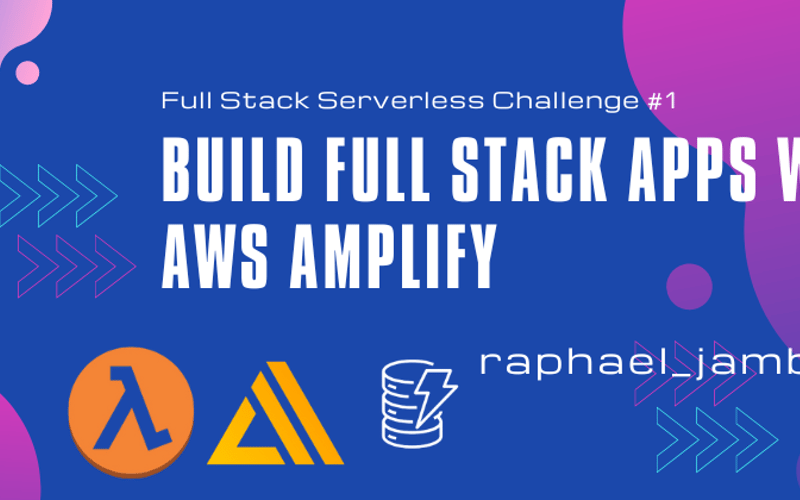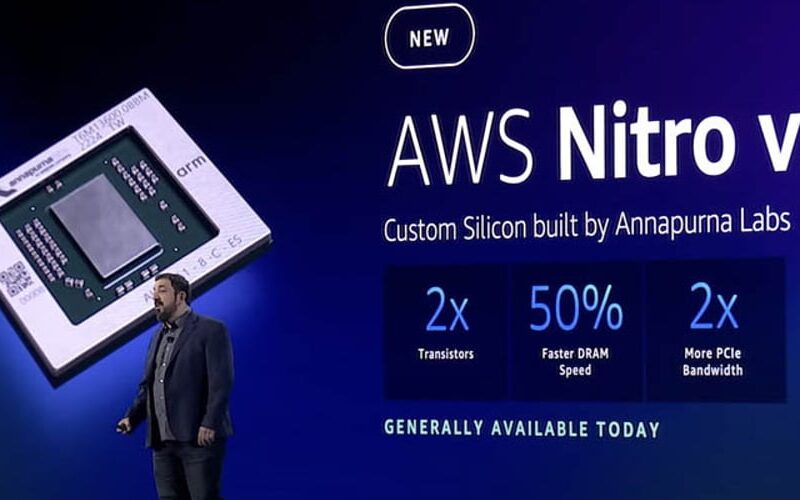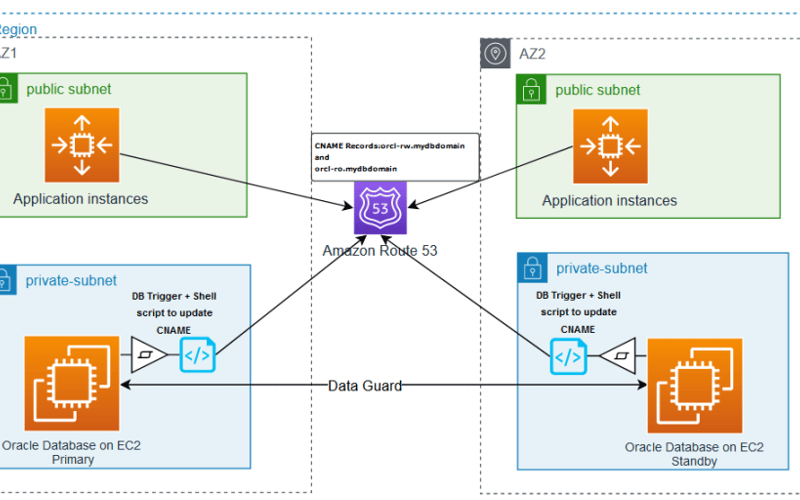04
Jul
As your company scales and brings in new developers, managing user accounts manually can become cumbersome and error-prone. Automating this process with a Bash script can save time and ensure consistency across the board. In this article, I'll walk you through creating a Bash script called create_users.sh that reads a text file containing usernames and group names, creates the necessary users and groups, sets up home directories, generates random passwords, and logs all actions. Let's dive in! RequirementsInput File: A text file where each line is formatted as user;groups. Usernames and groups are separated by a semicolon ;, and multiple…

